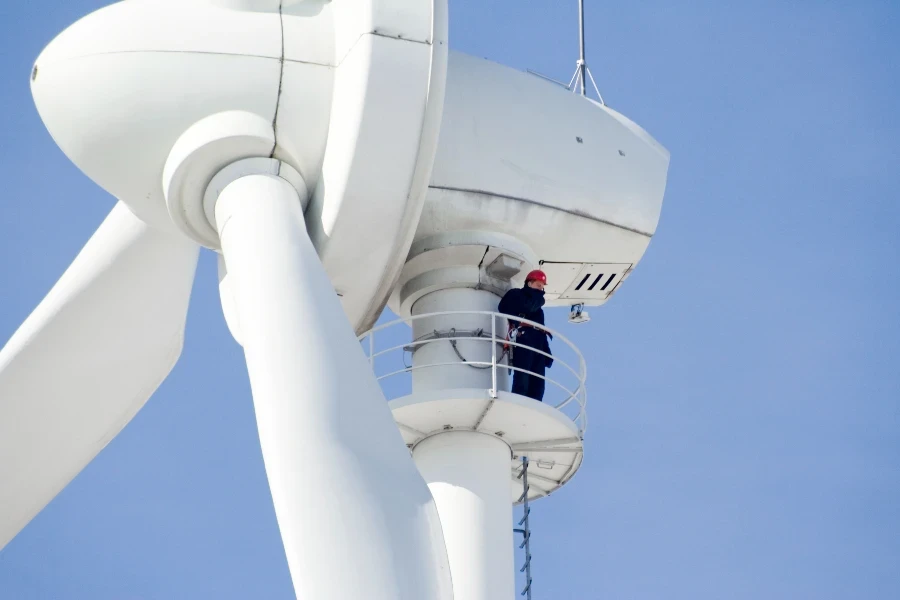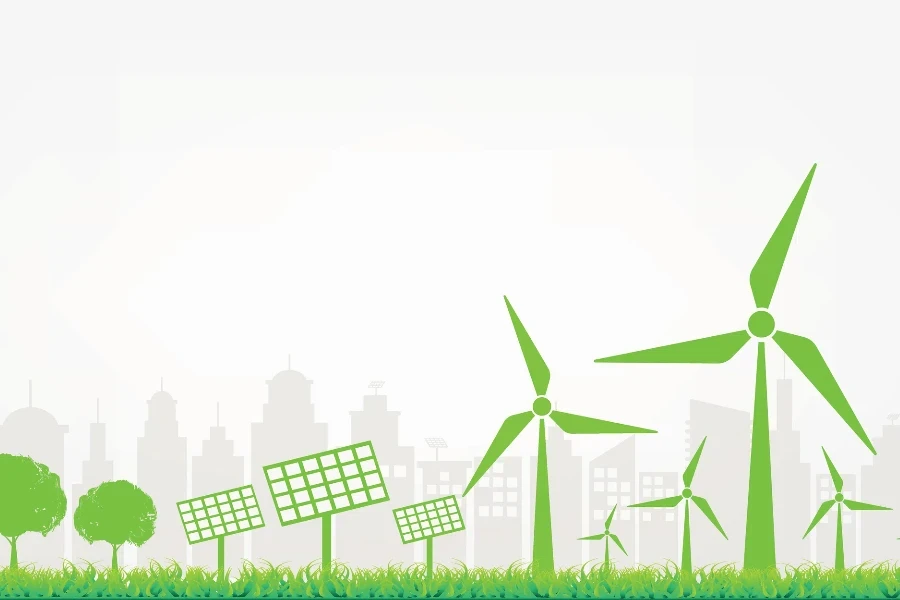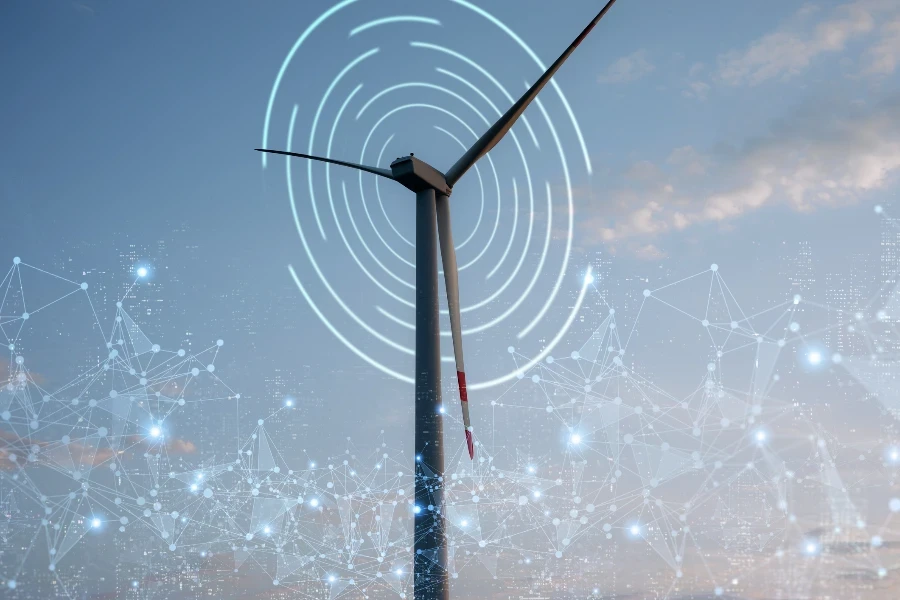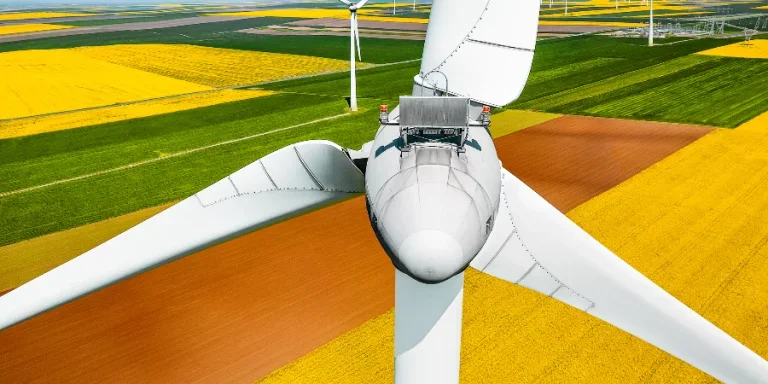Wind turbines have emerged as a cornerstone in the quest for renewable energy solutions. As the world gravitates towards sustainable energy sources, understanding the intricacies of wind turbines becomes crucial. This article delves into the essential aspects of wind turbines, offering insights into their operation, environmental impact, technological advancements, maintenance challenges, and future prospects. Join us as we unfold the layers of this remarkable renewable energy source, providing you with a well-rounded perspective on wind turbines.
Table of Contents:
– How wind turbines work
– Environmental benefits of wind turbines
– Technological advancements in wind turbine design
– Maintenance and operational challenges
– The future of wind turbines
How wind turbines work

Wind turbines convert the kinetic energy from wind into electrical power. This process begins when the wind’s force turns the turbine’s blades around a rotor, which spins a generator to create electricity. The efficiency of this conversion is contingent upon several factors, including wind speed, turbine design, and the technology employed in the generator. Modern wind turbines are marvels of engineering, designed to maximize energy capture even in varying wind conditions.
The anatomy of a wind turbine is fascinating. It comprises three primary components: the rotor blades, the shaft, and the generator. Each plays a pivotal role in the energy conversion process. The blades capture the wind’s energy, the shaft transfers the rotational energy, and the generator converts this mechanical energy into electricity. This seamless integration of components underscores the sophistication of wind turbines as a renewable energy source.
Wind turbines come in various sizes and designs, each tailored to specific environmental conditions and energy needs. From the towering onshore turbines dotting rural landscapes to the colossal offshore structures braving the seas, wind turbines are a testament to human ingenuity in harnessing nature’s power.
Environmental benefits of wind turbines

Wind turbines stand at the forefront of the fight against climate change. By generating electricity from wind, they offer a clean, inexhaustible energy source that significantly reduces greenhouse gas emissions. Unlike fossil fuels, wind energy does not produce carbon dioxide or other pollutants, making it a key player in efforts to mitigate global warming.
The environmental impact of wind turbines extends beyond their operational lifecycle. Their ability to generate substantial amounts of electricity from a renewable source means less reliance on environmentally damaging energy options. This shift is crucial in preserving natural habitats, protecting wildlife, and ensuring a sustainable future for the planet.
Furthermore, wind turbines contribute to water conservation. Traditional power plants often require vast amounts of water for cooling purposes, whereas wind turbines do not consume water in their electricity generation process. This advantage is particularly significant in regions facing water scarcity, highlighting the role of wind turbines in promoting environmental sustainability.
Technological advancements in wind turbine design

The evolution of wind turbine technology has been remarkable. Advances in materials science, aerodynamics, and digitalization have led to the development of more efficient, reliable, and powerful turbines. Modern turbines are equipped with sophisticated control systems that optimize their performance in real-time, adapting to changing wind speeds and directions.
One of the key technological advancements is the use of lighter and stronger materials for the rotor blades. This innovation allows for larger turbines that can capture more wind energy without compromising structural integrity. Additionally, improvements in generator technology have increased the efficiency of electricity conversion, further enhancing the turbines’ overall performance.
Digital technologies, including AI and IoT, are revolutionizing wind turbine operations. Predictive maintenance, powered by data analytics, helps identify potential issues before they lead to downtime, ensuring consistent energy production and reducing maintenance costs. These technological advancements not only improve the efficiency and reliability of wind turbines but also contribute to the reduction of renewable energy costs.
Maintenance and operational challenges

Despite their numerous benefits, wind turbines face maintenance and operational challenges. The harsh environments in which they operate, particularly offshore turbines, can lead to wear and tear on components, necessitating regular maintenance to ensure optimal performance. This aspect of wind turbine operation requires careful planning and significant investment.
Accessing turbines for maintenance, especially those located offshore, poses logistical challenges. Specialized vessels and equipment are often needed, increasing the complexity and cost of operations. Moreover, the intermittent nature of wind can affect the consistency of energy production, requiring effective integration with the power grid to ensure a stable energy supply.
Addressing these challenges is crucial for maximizing the potential of wind turbines. Ongoing research and innovation in turbine design, materials, and operational strategies are aimed at overcoming these obstacles, paving the way for more efficient and reliable wind energy generation.
The future of wind turbines

The future of wind turbines is bright, with promising developments on the horizon. Continued technological innovation is expected to yield even more efficient, durable, and cost-effective turbines. The integration of wind energy into smart grids, coupled with advancements in energy storage technologies, will enhance the reliability and flexibility of renewable energy systems.
Furthermore, the expansion of offshore wind farms presents a significant opportunity for sustainable energy production. These projects can harness stronger and more consistent winds, contributing substantially to global energy needs. As society continues to prioritize renewable energy, the role of wind turbines in the energy landscape is set to grow, marking a positive step towards a sustainable and clean energy future.
Conclusion:
Wind turbines represent a pivotal component of our renewable energy arsenal, offering a sustainable solution to the world’s growing energy demands. Through continuous technological advancements and a commitment to overcoming operational challenges, wind turbines are set to play an increasingly significant role in the global energy mix. As we look to the future, the potential of wind energy is limitless, promising a cleaner, greener, and more sustainable world for generations to come.




